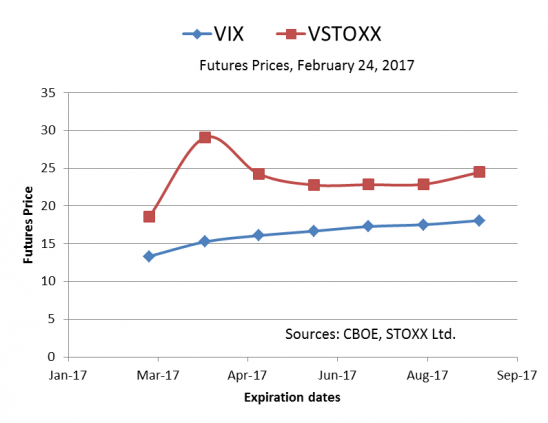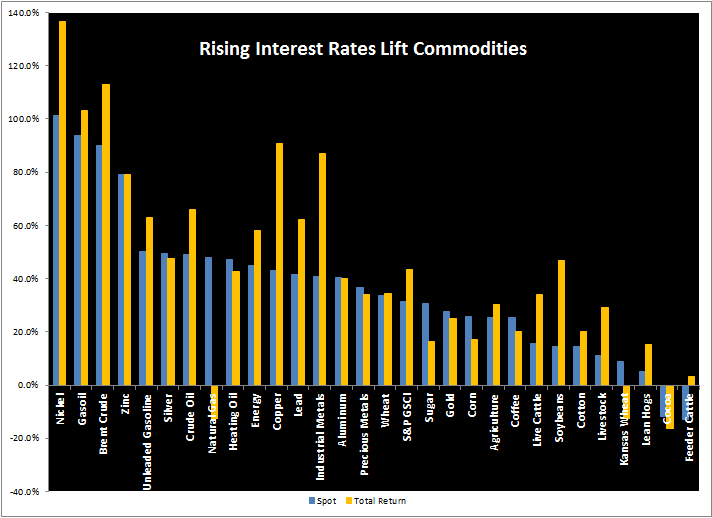Rising rates are generally seen as bad news by fixed income market participants. As rates go up, prices of fixed income assets are expected to go down. However, returns (or losses) can vary depending on characteristics of the cycle, as well as the amount of income or carry available to cushion the decline in price.
Historical analysis of previous policy cycles can help to better understand how fixed income assets may respond through the current cycle. A change to the federal funds rate transmits to fixed income asset prices through the front end of the risk-free curve. For example, over the two-year tightening cycle that ended in 2006, the Fed hiked policy rates by 425 bps, causing the One-Year U.S. Treasury Bond yield to increase by 316 bps (see Exhibit 1). Longer-term rates, however, are heavily influenced by other macroeconomic factors and technical drivers, such as supply and demand of bonds. Over the same tightening cycle that ended in 2006, the impact on the 10-Year U.S. Treasury Bond yield was 60 bps higher, driving the 1-Year/10-Year slope to flatten by 265 bps (see Exhibit 1). As shown by the slope changes in the table, flatter curves have been characteristic of tightening cycles and steeper curves have resulted from easing cycles.

The main challenge the committee faces is normalizing from the unprecedented low levels that have been the norm for nearly a decade, while balancing negative effects to a jittery economic recovery. In spirit, the current tightening cycle is no different from previous ones, in that the FOMC is balancing the tradeoff between inflation and growth. In the easing cycle that began at the Sep. 18, 2007, FOMC meeting and lasted through the January 2009 meeting, the committee acted swiftly to cut the federal funds rate by 500 bps. Less traditional policy tools (such as quantitative easing) were used to further augment the accommodative stance of the Fed. Furthermore, the accommodative stance has been held for nearly a decade (see Exhibit 2). With two hikes already behind us, FOMC members seem to be uniting around the message of three additional hikes in 2017, for a total of five rate hikes over 20 meetings (a two-year period—or, arguably, a five-year period since the announcement of tapering of quantitative easing in 2013).

In the current protracted tightening cycle, the Treasury yield curve has remained relatively steep. The yield difference between the S&P U.S. Treasury Bond Current 10-Year Index and the S&P U.S. Treasury Bond Current 2-Year Index was 122 bps as of the close on Feb. 23, 2017, versus about 120 bps pre-taper tantrum (see Exhibit 3). This may be partly due to technical pressures on the back end of the curve (see Exhibit 4).


In this blog post we provided a glimpse into the characteristics of monetary policy cycles and the impact on yields. In follow-up posts, we will discuss the implications for total return of treasury portfolios and credit products.
The posts on this blog are opinions, not advice. Please read our Disclaimers.

















